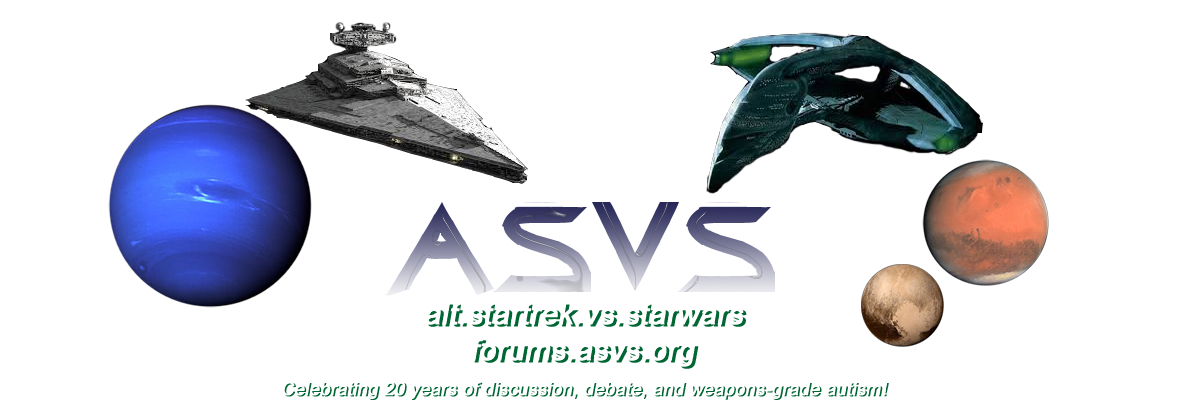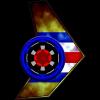Other than the conclusion that this is how the Falcon got from Anoat to Bespin, do we have any other evidence for relativistic velocity from the sublight engines, i.e. not when making the jump into or out of hyperspace?
Also, on the canon point I made with Seafort, if we use the ICS and hypermatter as I understand it, we get tachyonic fuel with complex mass used to alter the ship's real mass to cheat the requirements for infinite energy to get to lightspeed. In other words, it brings mass lightening to the table, making all mass calculations suspect, and even rendering moot acceleration values as a guide to fuel density. So, I will skip the non-canon and with it contradictions, though this may be something you would like to address.
I have the rough sketch outline of a differing opinion of that example and the other time-to-orbit claims. I will elucidate them more thoroughly in a future post when I have time to sit and do screenshots and write it up properly. Suffice it to say for the time being that none of them hold up very well.
Also, for what it's worth, I have heard it argued that antigravs only serve to remove 1g of acceleration. This is not accurate, as they serve to boost per the ANH novelization:
"Docking bay ninety-four, Luke noted, was no different in appearance from a host of other grandiosely named docking bays scattered throughout Mos Eisley. It consisted mostly of an entrance rampway and an enormous pit gouged from the rocky soil. This served as clearance radii for the effects of the simple antigrav drive which boosted all spacecraft clear of the gravitational field of the planet.
The mathematics of spacedrive were simple enough even to Luke. Antigrav could operate only when there was a sufficient gravity well to push against-like that of a planet-whereas supralight travel could only take place when a ship was clear of that same gravity. Hence the necessity for the dual-drive system on any extrasystem craft."
This concept was addressed circa 2002: http://st-v-sw.net/STSWdsaccel.html
Suffice it to say that the Rebel screen is contradicted by the Imperial screen of the same event.
Indeed, something I've been considering lately is whether or not there's any evidence of a powered orbit in that case at all. I have yet to run the numbers regarding orbital mechanics to determine that. So far as I'm aware, the only other evidence is the note about "orbiting the planet at maximum velocity" given early in the scene (which suggests antigrav use), which itself is a second contradiction to the acceleration claim based on the Rebel screen.
Yes, I've seen that you're using my "established volumes". Please do me the courtesy of a link to the Volumetrics page or at least a mention of ST-v-SW.Net. Even if your use is somehow not covered by the creative commons licensing stuff, attribution would at least be polite.
Actually, the "Water War" example is the exact same example you use. Obviously it does not support super-dense ships. The other video example you use is of a sneaky invasion attempt, intentionally dropping parts intended to sink into the planet below and emit droids. Even if it suggests greater sinking velocity (which I don't know), it is not a 'natural' debris example and thus one should be wary using it for such.
And besides which, if ships are averaging somewhere in the neighborhood of 750 kilograms per cubic meter (assuming the engines are the most dense components), they hardly qualify as superlight. They qualify as pretty "normal" and comprehensible in a universe of fusion and steel.
And that really fits in with the more authentic Star Wars realism perspective that was prevalent before fusion and steel became re-imagined as hypermatter and neutronium in recent years.
The TPM novelization refers to Coruscant as steel alloys and glass. The ascension cables were steel-clawed. The ANH script refers to the door sealing the chasm that Luke and Leia swing over as steel. The ANH novelization refers to the Death Star exterior as steel and references its "steely horizon". The RotJ novelization refers to Boba as "steel-masked" and Luke's hand as being made of steel. The floor of the Emperor's room in the Death Star is made of steel. The Imperial shuttle has a "steely hull", and its landing ramp is described as chilly steel. The bunker corridors are made of steel. Melted steel floats amongst the debris of the final battle.
And, of course, there's the hydrofoamed permacrete and other weight-saving measures of that nature as I've mentioned before and will no doubt mention repeatedly.
These bits don't support super-dense ships, but instead point toward more readily-comprehensible densities and masses.


